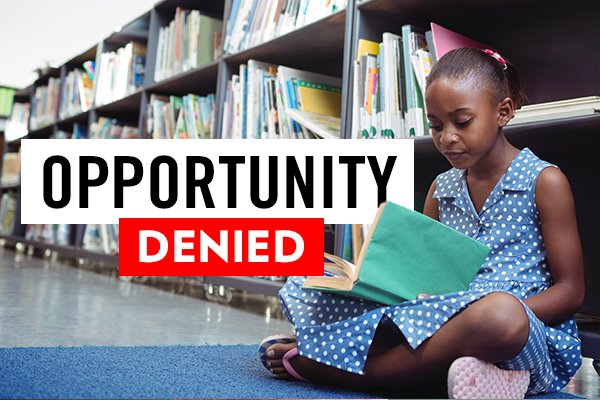Media

How to End Waiting Lists for Opportunity
Did 20 years of government initiatives improve public schools? A recent American Enterprise Institute report finds all the money poured into efforts like No Child Left Behind and Race to the Top had little impact. Test scores are stagnant and two-thirds of schools in Philadelphia are “persistently dangerous” according to an analysis from The 74.
It’s no wonder applications for the Education Improvement Tax Credit (EITC) and Opportunity Scholarship Tax Credit (OSTC) have risen over the years. Yet demand far outpaces available credits.
Infographic: Pa. Tax Credit Scholarships
Only the Pennsylvania Legislature can raise the tax credit cap. That has happened three times in the past five years, yet waiting lists persist.
To put it another way, imagine the following example: When you go to a restaurant, the waiter will refill your drink. However, this waiter barely comes by the table and you empty your glass right away. You spend your whole meal trying to flag him for a refill. Annoying right? Now imagine you’re the parent of a child stuck in a failing school trying to get the attention of policy makers.
HB 800, which just passed the House of Representatives, and SB 299 include escalator provisions allowing the program to grow with demand.
In 2011, Florida passed an automatic escalator bill. Now, whenever there is a need for more scholarships, the amount increases the next year, automatically. Back in 2010, Pennsylvania had more scholarships than Florida, now it’s the reverse. Florida leads the nation, issuing over 100,000 scholarships in 2018. The effects are impressive. Kids who participate in the tax credit scholarship program have higher college participation and graduation rates.
HB 800 would increase the amount of available tax credits by 10 percent if 90 percent of the tax credits were used. That means fewer families would be denied the education opportunity their kids need.
During debate in the house Rep. Bryan Cutler noted, “when you do not have immediate access to either all of the funds or a quality public school, we don’t have years to get it right.” Students in struggling schools need options now. It's time to expand these programs and allow them to grow with demand.